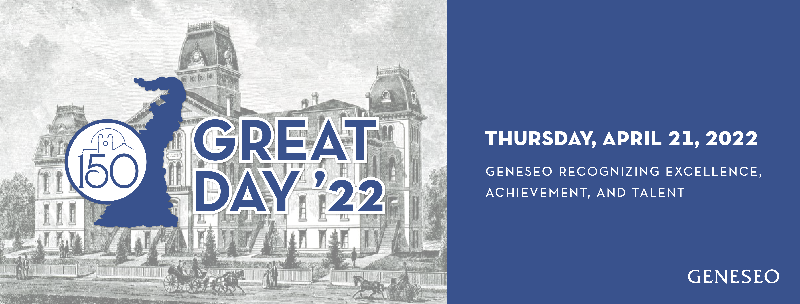
Submission Type
Poster
Start Date
4-21-2022
Abstract
Mononykus olecranus, from the Late Cretaceous of Mongolia, was a small, nonavian theropod dinosaur belonging to the clade Alvarezsauria. Some have hypothesized that derived members of this clade may have had an insectivorous diet, and might be specialized as ant or termite eaters, due to the unusual morphology of the forelimb. The forelimbs of Mononykus are distinctly stunted in size with only one digit and claw on each hand. In order to investigate the hypothesis that these forelimbs were used in digging, we completed the first muscular reconstruction of the forelimbs of Mononykus. Previous muscular reconstructions of the early theropod Tawa hallae and the ceratosaur Majungasaurus crenatissimus were used as a foundation and combined with an analysis of homologous osteological correlates found in Mononykus to develop a phylogenetically-informed muscle reconstruction. Comparisons with the myology of more basal taxa allowed us to identify modifications in the forelimb that improve the leverage of a number of muscles acting on the shoulder, elbow, and wrist. Mononykus exhibits an enlarged posteroventral process of the scapulocoracoid along with a massive olecranon process of the ulna. The humerus of Mononykus possesses a projecting deltopectoral crest and internal tuberosity, and expansion of the ectepicondyle. The modifications identified in the forelimb musculature in this taxon suggest enhanced movement of the arm and claw with increased stabilization of the joints, which is consistent with the hypothesis that Mononykus used its remarkably reduced forelimbs for digging or scratching when foraging for insects, similar to extant insectivorous diggers like the pangolin.
Recommended Citation
Smith, Jada, "139 -- Musculature of the Bizarre Forelimb of the Alvarezsaurid Mononykus Olecranus (Dinosauria: Theropoda) and its Implications for Digging" (2022). GREAT Day Posters. 50.
https://knightscholar.geneseo.edu/great-day-symposium/great-day-2022/posters-2022/50
139 -- Musculature of the Bizarre Forelimb of the Alvarezsaurid Mononykus Olecranus (Dinosauria: Theropoda) and its Implications for Digging
Mononykus olecranus, from the Late Cretaceous of Mongolia, was a small, nonavian theropod dinosaur belonging to the clade Alvarezsauria. Some have hypothesized that derived members of this clade may have had an insectivorous diet, and might be specialized as ant or termite eaters, due to the unusual morphology of the forelimb. The forelimbs of Mononykus are distinctly stunted in size with only one digit and claw on each hand. In order to investigate the hypothesis that these forelimbs were used in digging, we completed the first muscular reconstruction of the forelimbs of Mononykus. Previous muscular reconstructions of the early theropod Tawa hallae and the ceratosaur Majungasaurus crenatissimus were used as a foundation and combined with an analysis of homologous osteological correlates found in Mononykus to develop a phylogenetically-informed muscle reconstruction. Comparisons with the myology of more basal taxa allowed us to identify modifications in the forelimb that improve the leverage of a number of muscles acting on the shoulder, elbow, and wrist. Mononykus exhibits an enlarged posteroventral process of the scapulocoracoid along with a massive olecranon process of the ulna. The humerus of Mononykus possesses a projecting deltopectoral crest and internal tuberosity, and expansion of the ectepicondyle. The modifications identified in the forelimb musculature in this taxon suggest enhanced movement of the arm and claw with increased stabilization of the joints, which is consistent with the hypothesis that Mononykus used its remarkably reduced forelimbs for digging or scratching when foraging for insects, similar to extant insectivorous diggers like the pangolin.


Comments
Sponsored by Sara Burch